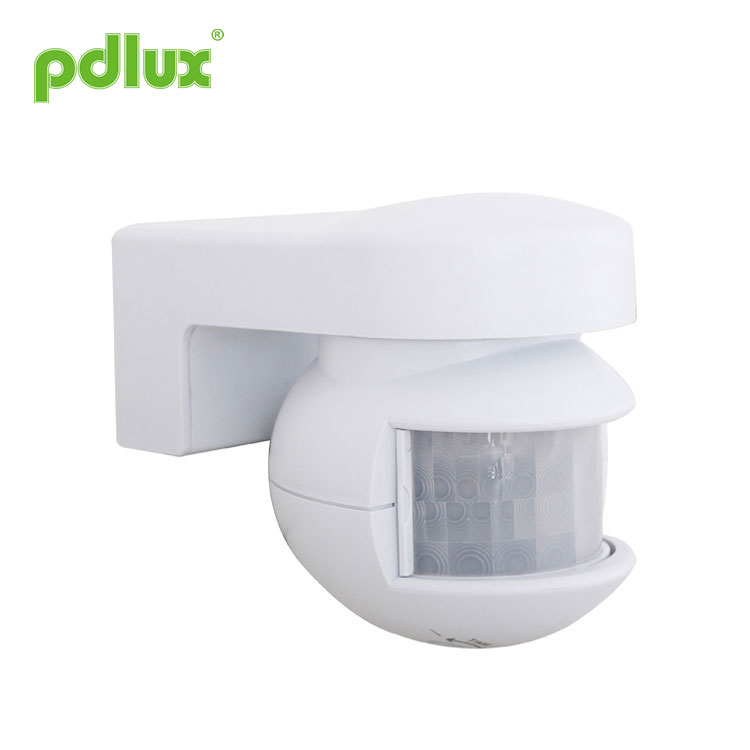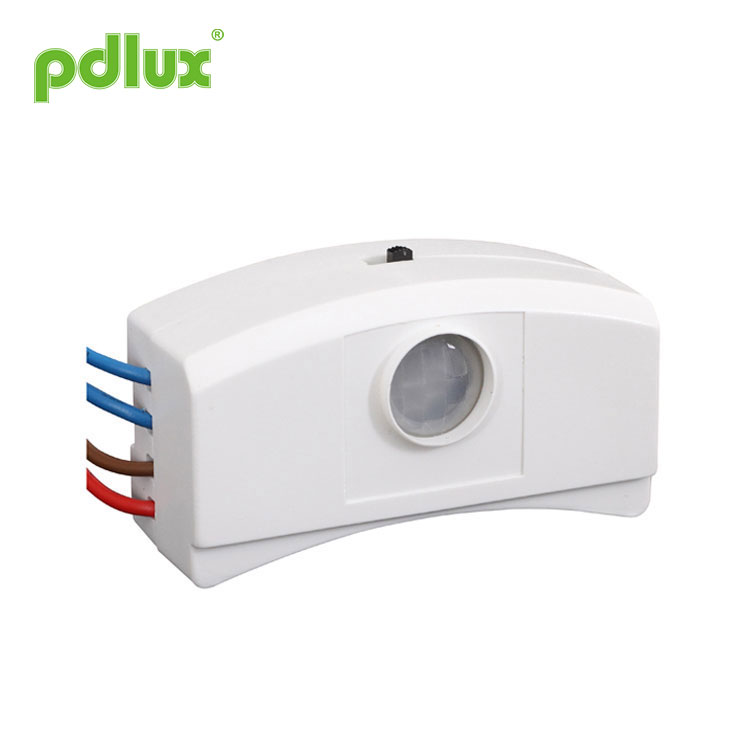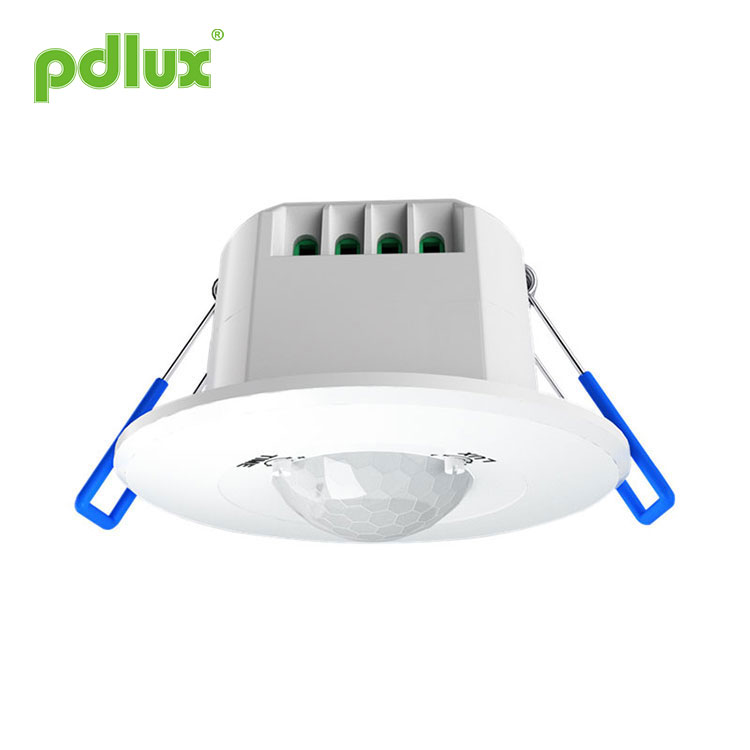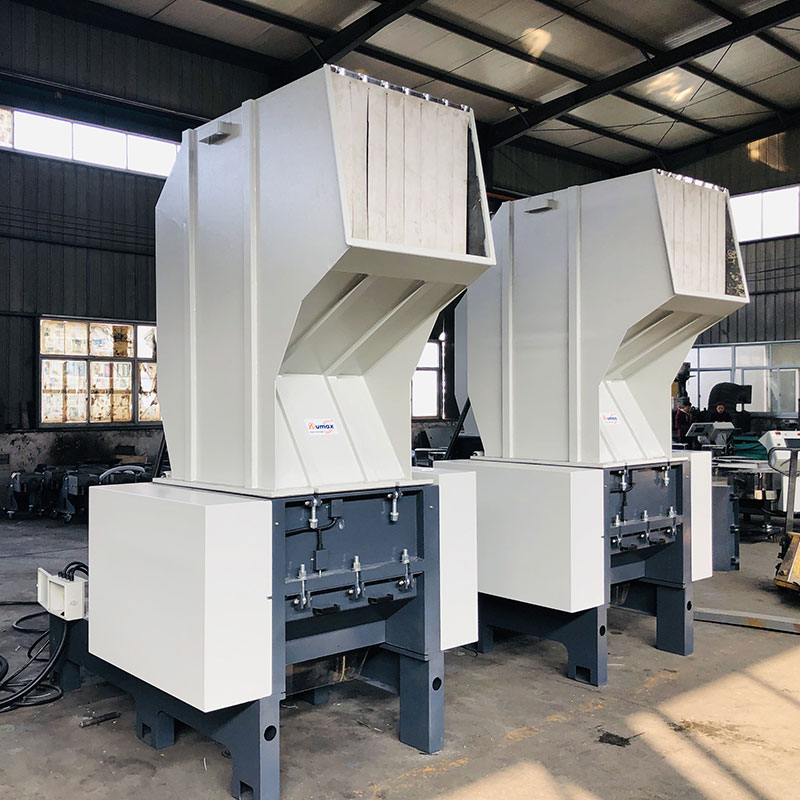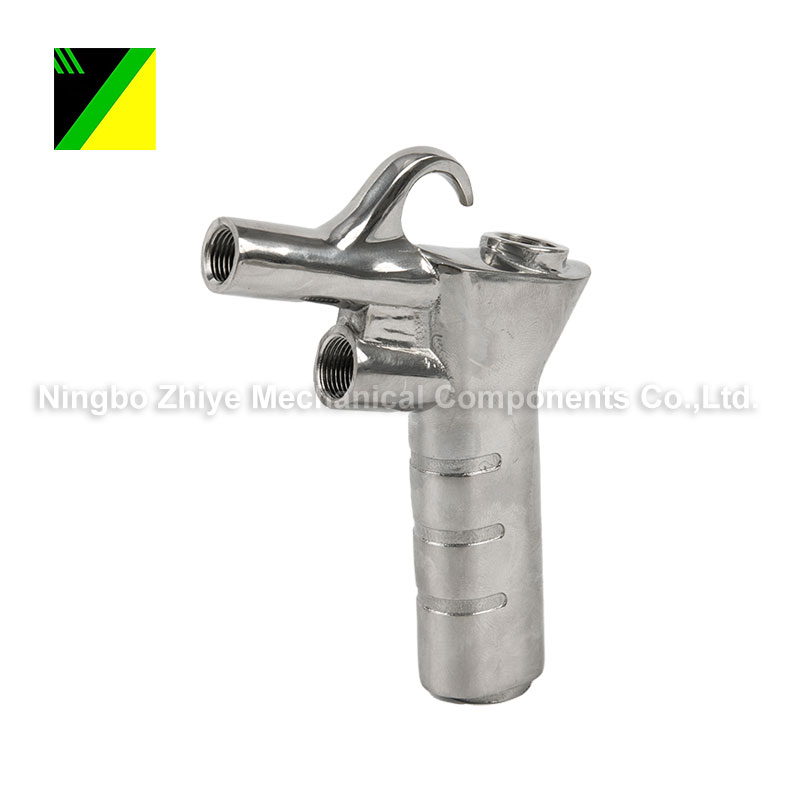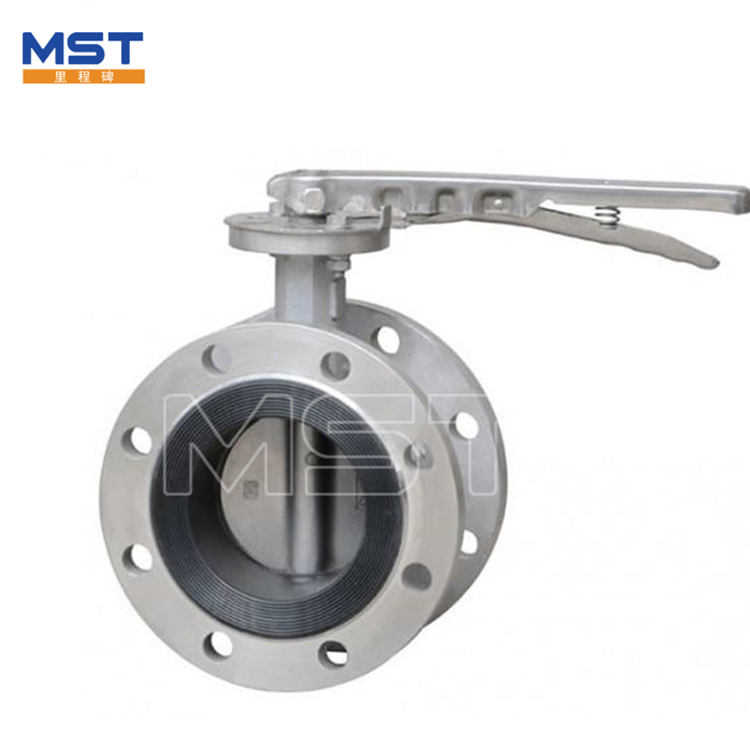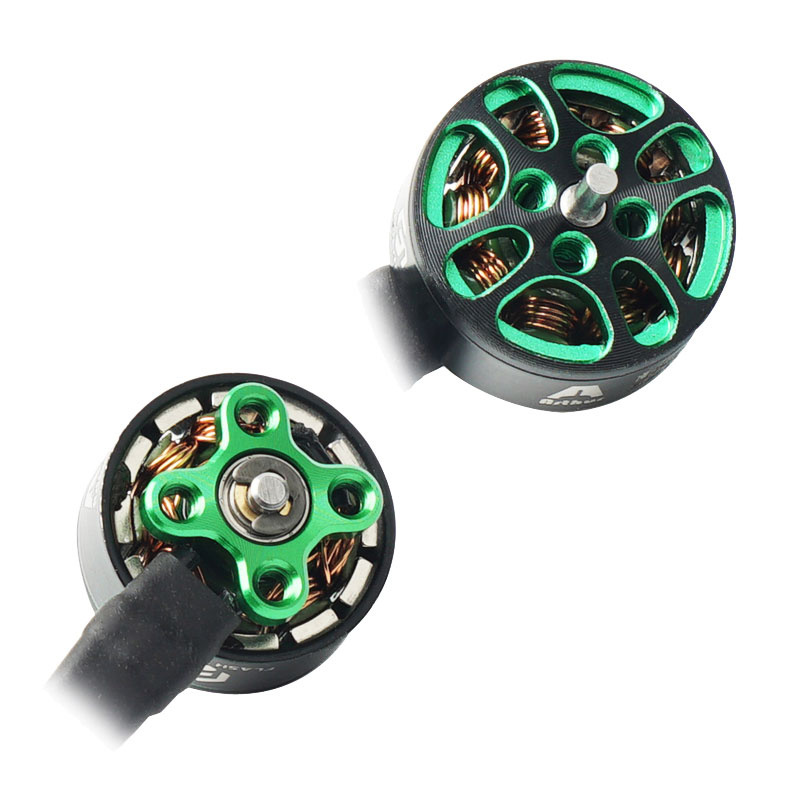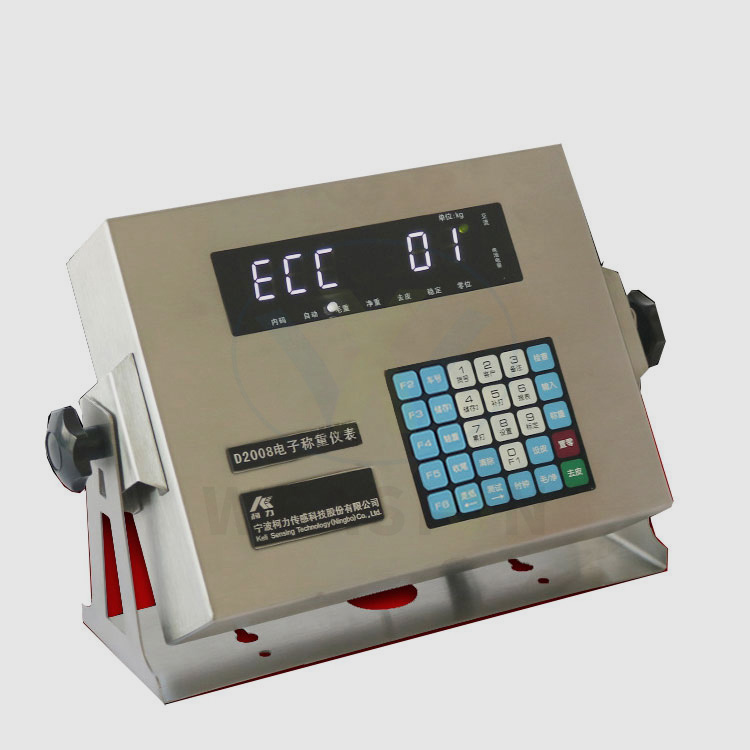Infrared Motion Sensor
An infrared motion sensor, also known as a passive infrared (PIR) sensor, is a device that detects motion by sensing changes in infrared radiation emitted by objects in its field of view. It is widely used in various applications, including security systems, automatic lighting controls, and occupanc......
Send Inquiry
Product Description
An infrared motion sensor, also known as a passive infrared (PIR) sensor, is a device that detects motion by sensing changes in infrared radiation emitted by objects in its field of view. It is widely used in various applications, including security systems, automatic lighting controls, and occupancy detection. Here's how an infrared motion sensor typically works:
1. Principle of Operation: Infrared motion sensors detect changes in the infrared energy emitted by objects. They contain one or more infrared sensors that detect the heat radiation emitted by objects in their detection range.
2. Detection Range and Pattern: Infrared motion sensors have adjustable detection ranges and patterns. The detection range can vary depending on the specific sensor model and can range from a few meters to several tens of meters. The detection pattern can be narrow or wide, determining the coverage area of the sensor.
3. Sensitivity and Time Delay Settings: Infrared motion sensors often feature sensitivity and time delay adjustments. Sensitivity settings control the level of motion required to trigger the sensor, while time delay settings determine how long the sensor remains activated after detecting motion.
4. Heat Detection: Infrared motion sensors detect changes in the heat patterns within their field of view. When an object moves across the sensor's range, it alters the infrared radiation pattern, indicating motion.
5. Applications: Infrared motion sensors are commonly used in security systems to detect intruders or unauthorized movement in restricted areas. They are also used in automatic lighting control systems, where they trigger lights to turn on when motion is detected, providing convenience and energy savings. Additionally, infrared motion sensors are utilized in occupancy and vacancy detection systems for buildings, helping optimize energy usage by activating or deactivating HVAC systems and lighting based on occupancy.
Infrared motion sensors are known for their reliability, energy efficiency, and ease of use. However, they have some limitations. They require a line of sight to detect motion, meaning that obstacles between the sensor and the moving object can affect their performance. Additionally, they are more sensitive to temperature changes and may be prone to false triggers caused by environmental factors such as drafts or heat sources.
When installing an infrared motion sensor, it's important to consider the specific requirements of the application, such as the desired detection range, coverage pattern, and sensitivity settings. Proper placement and adjustment of the sensor can help maximize its effectiveness and minimize false triggers. Following the manufacturer's guidelines and considering the specific environmental conditions will ensure accurate and reliable motion detection.
